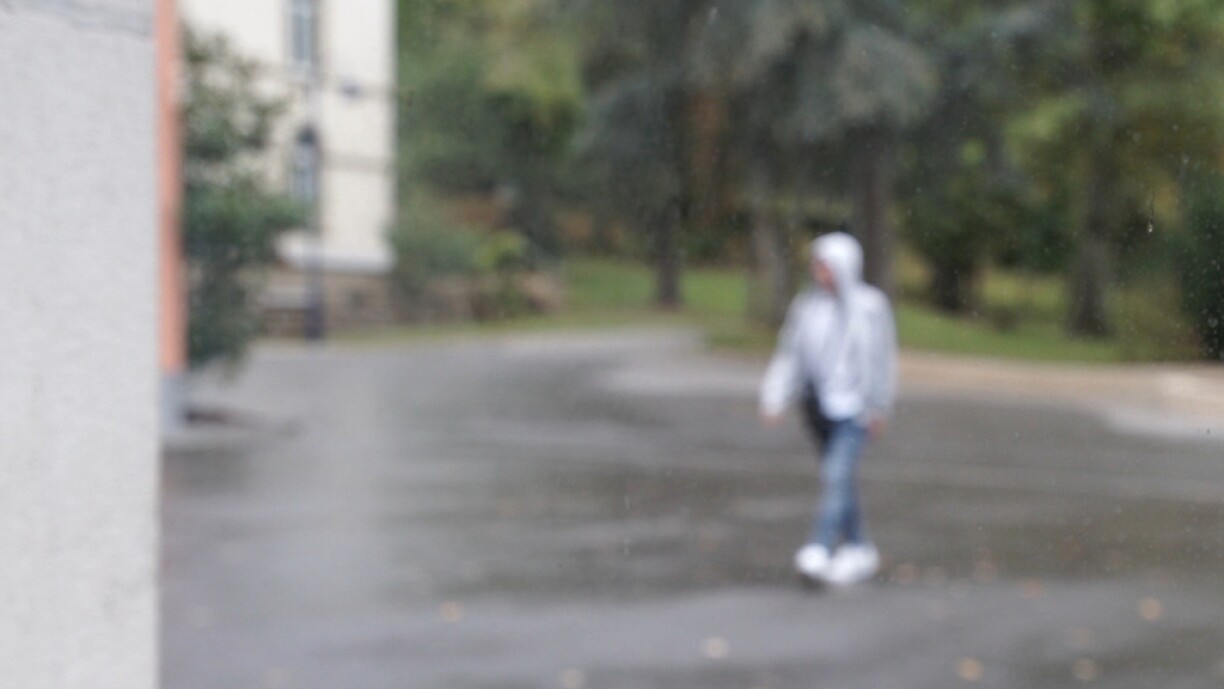
The CSEE (State Socio-Educational Centre) in Dreiborn houses all kinds of young offenders who have nowhere else to go, creating a melting pot of adolescents with different issues. The majority are placed in the CSEE’s institutions as a result of criminal offences, violence and drug consumption.
RTL interviewed a number of former staff members who described their perspective on the centres’ young residents. Now psychotherapist Elisabeth Clees offers a different point of view - namely that of the young inmates. For her doctoral thesis, Clees interviewed thirty young people who had been institutionalised at a CSEE centre, home, or youth psychiatric unit. The discussions covered the institutions themselves, other residents and the staff, as well as the young residents’ personal well-being while at the institutions. 24 of the 30 participants had been placed in the CSEE at least once.
It is important to note that around 80% of the young inmates suffer from trauma, often dating back to their childhood, or a concoction of so-called ‘micro-traumas’. These range from parental addiction to violence, neglect and abuse. Clees writes that the majority of young people she encountered had suffered from emotional or physical abuse, and frequently came from backgrounds of drug addiction.
For some of the young offenders, a stint in such a detention centre can be a traumatic experience in and of itself. Between 60 and 70% of the young inmates suffer from mental illness.
A third of participants said they had consumed drugs as early as 12 or 13 years of age. The majority attributed this to their friendship groups, admitting they had spent time with the ‘wrong’ people, while others said they’d hoped to gain a temporary reprieve from other issues through their drug use. However, not every young offender in the centres has links to drugs.
When speaking to Clees, a number of the young interviewees stated they didn’t come into contact with drugs until entering one of the detention centres. 26 of the 30 participants said they had consumed drugs during their time in the institutions, partly out of wanting to adapt and belong, but also as a method of suppressing their emotions, or simply out of boredom.
The young residents said this behaviour had largely been ignored by staff, which correlates with the statements gathered by RTL from ex-employees.
Other interviewees told Clees they had used drugs to gain acceptance from roommates, or because they had been pressured by groups of other inmates. These statements also match those made by former staff on the topic of drug trafficking. Former employees said that older and more influential inmates tended to recruit other minors, inciting them to commit criminal acts to prevent becoming victims themselves. As a result there was frequent violence between the young inmates and staff, but also between inmates.
Separate to Clees’ work, German sociologist Marei Lunz also discovered over the course of researching youth offender centres that institutions such as the CSEE tend to encourage violence among the young residents, ranging from verbal abuse to physical fights. This tends to be more frequent among boys than girls.
Both researchers encountered young people who told of various introductory rituals for new inmates, in many cases consisting of taking a new arrival to an area without CCTV to beat them up. The young residents referred to this as a ‘baptism’.
Participants in both research projects mentioned complicated group dynamics which lead to a choice between becoming an aggressor, or remaining the victim of physical violence. Staff are said to be either unaware of these happenings, or they turn a blind eye, according to the interviewees.
Social isolation is known to be one of the worst punishments for humans and the effects of solitary confinement on adult prisoners are still subjected to global scientific debate. The young interviewees agreed that any punishment relating to isolation was the worst of all. Regular runaways, or inmates who commit a serious breach of rules, are confined to their cells - a room with nothing other than a bed and a toilet - for a certain period of time. They are permitted to take a single book with them and have no outside contact other than a speakerphone to alert staff of emergencies.
In Clees’ study, the participants discussed their experiences in solitary confinement at length, with many saying they felt it was a pointless punishment and not conducive to learning. All it did was drive inmates crazy after some time, and encouraged thoughts of anger and revenge, rather than reflection on their actions.
While the participants did not find solitary confinement acceptable or a positive influence on their behaviour, they did agree that short, appropriate punishment was effective and acceptable. Mostly, they said it was important for them to understand why they were being punished.
In addition, the interviewees said they would feel more comfortable in accommodations with fewer residents; they believed this would have a positive influence on their behaviour. In smaller housing groups, there is less potential for violence, while relationships with staff are easier and develop in a more personal and familiar manner - contributing to a more positive experience and developmental strides for each young offender.
Overall, young people are likely to gain more from their time in an institution if they are looked after by staff who dedicate time to them, and who also exercise consistency and consequences at the appropriate times. This would encourage the inmates to build a trusting relationship with staff and improve communication, while helping them learn to respect boundaries.
How trauma-informed pedagogy and direct intervention combine to avoid conflict
Drugs, sex and lack of oversight: Former employees break silence on life inside youth correctional facilities